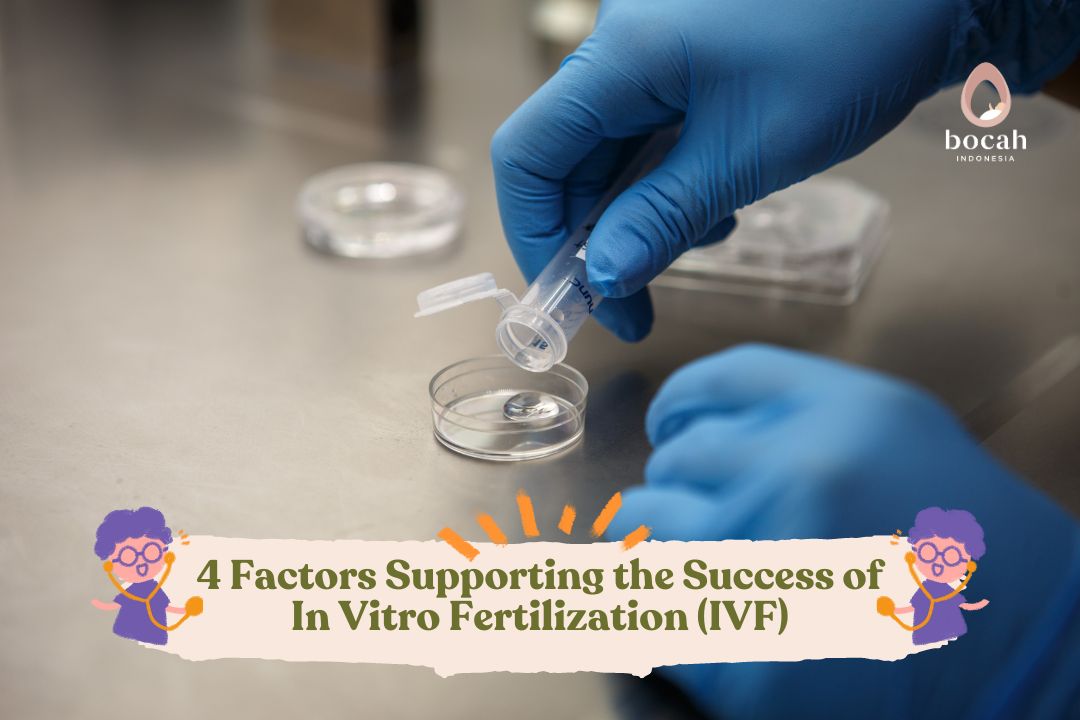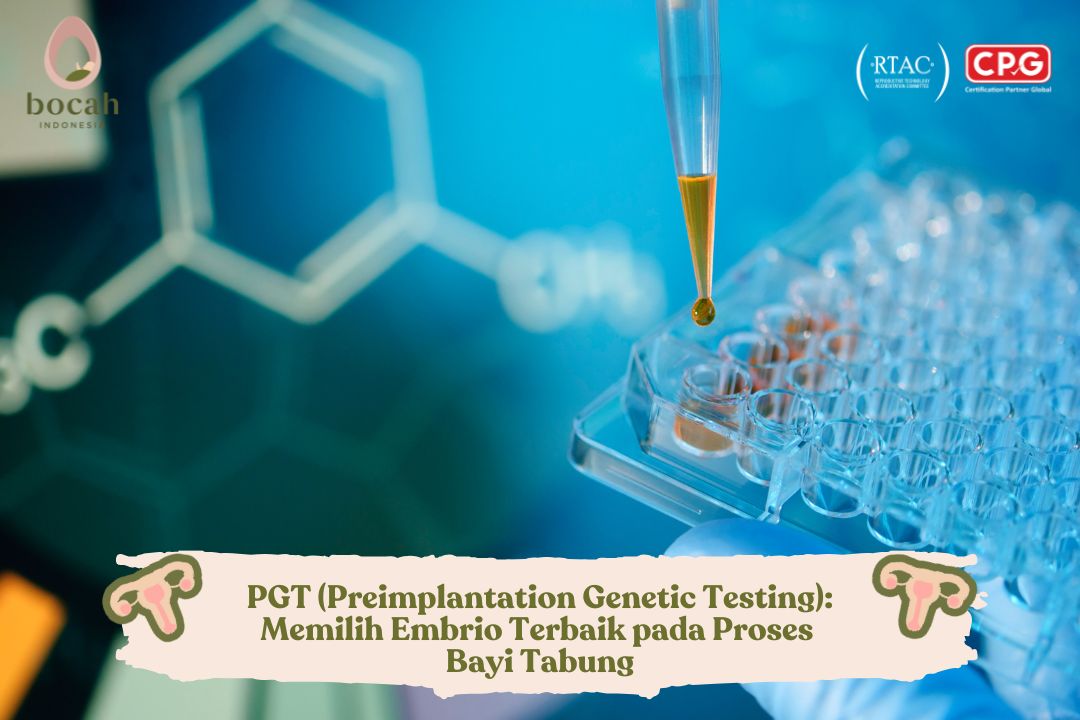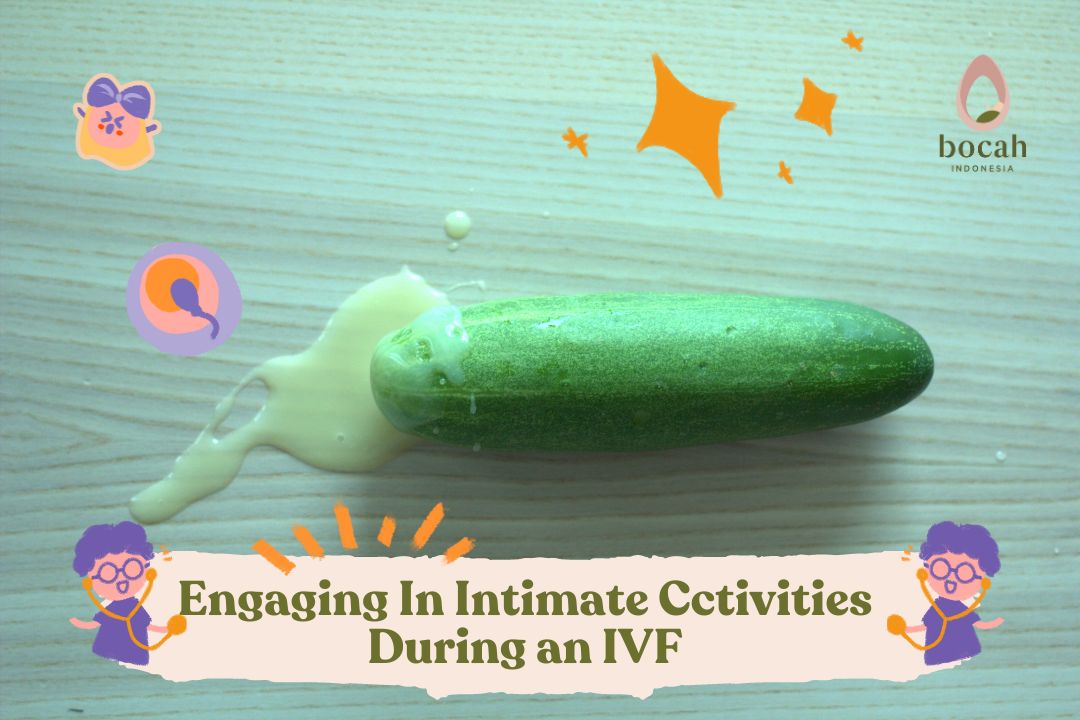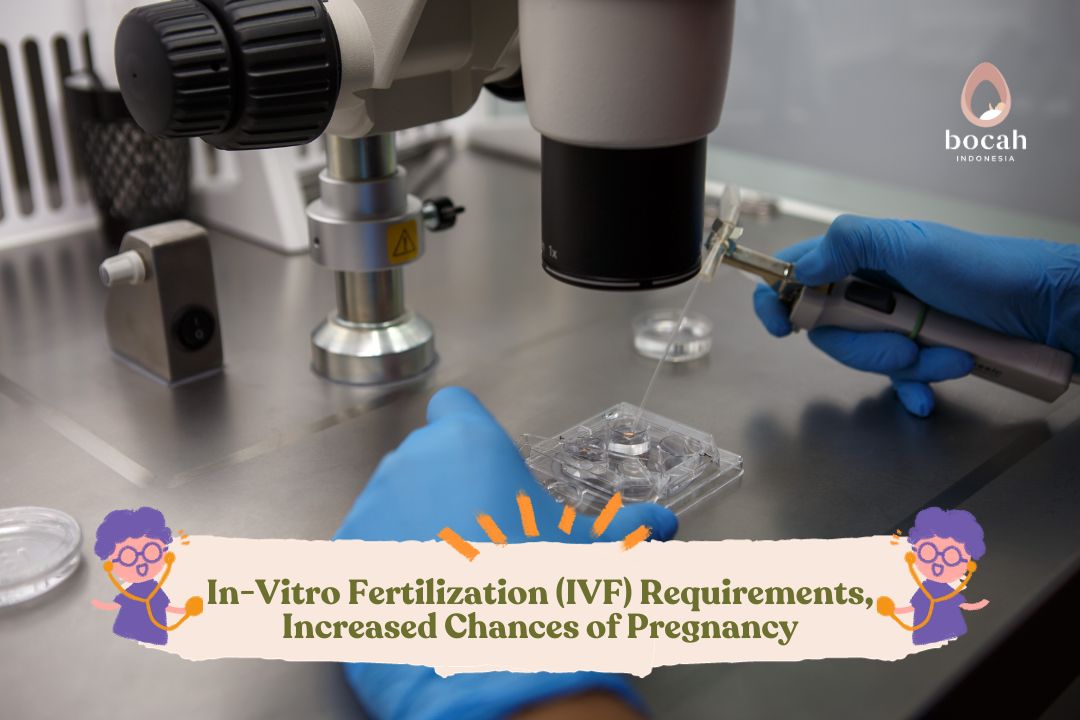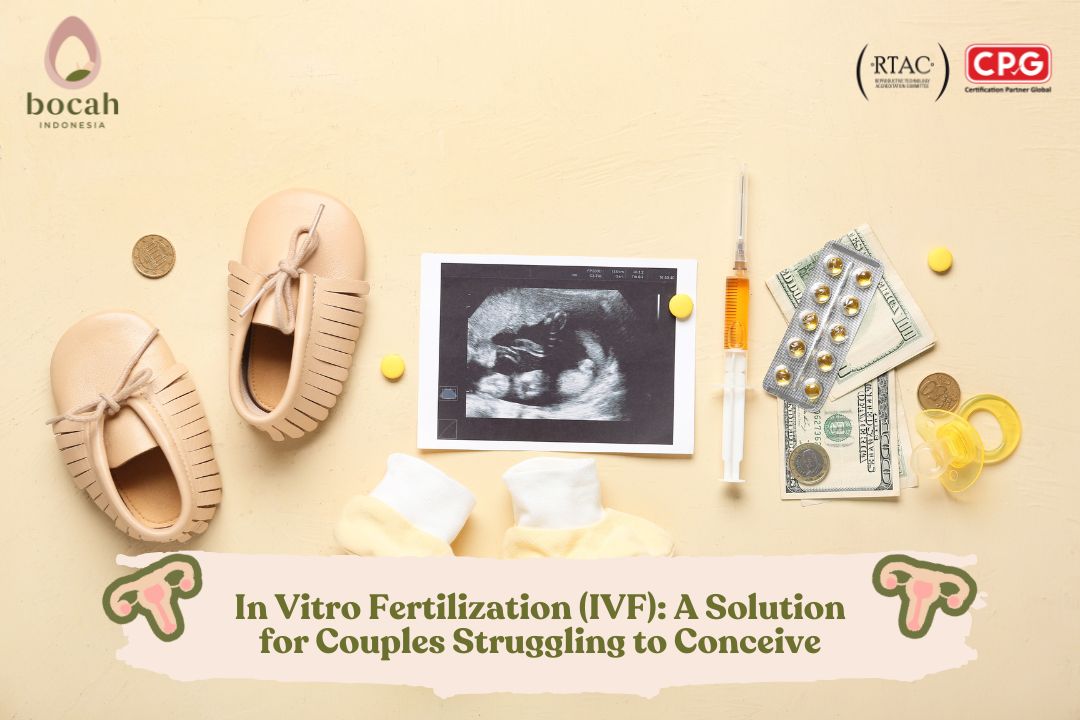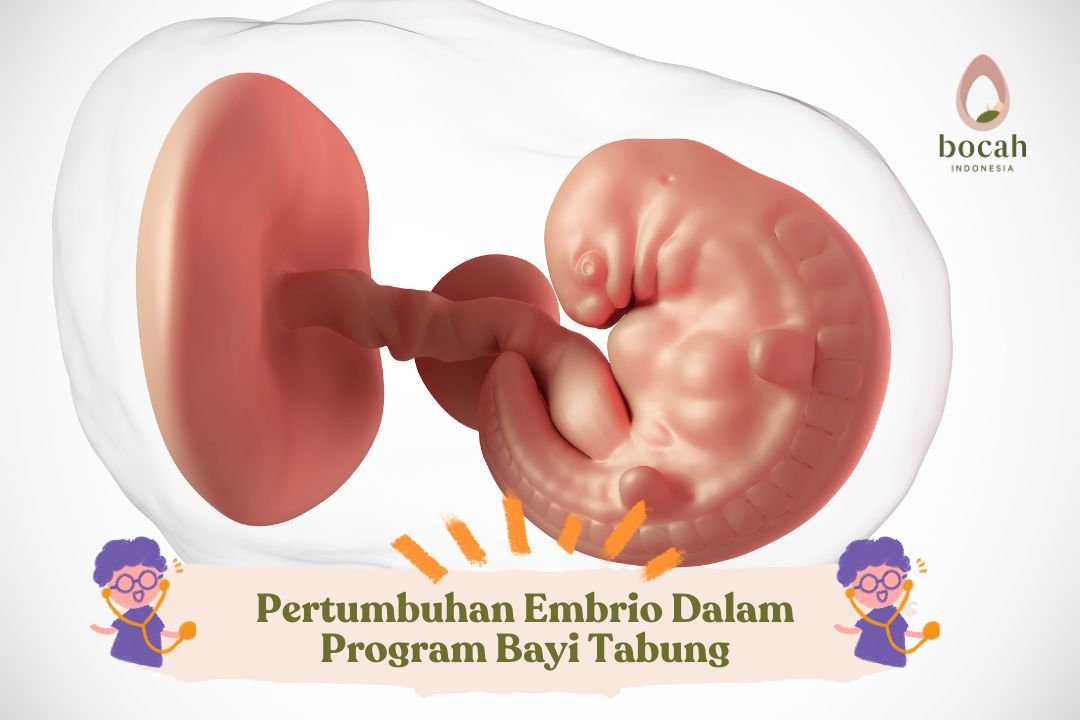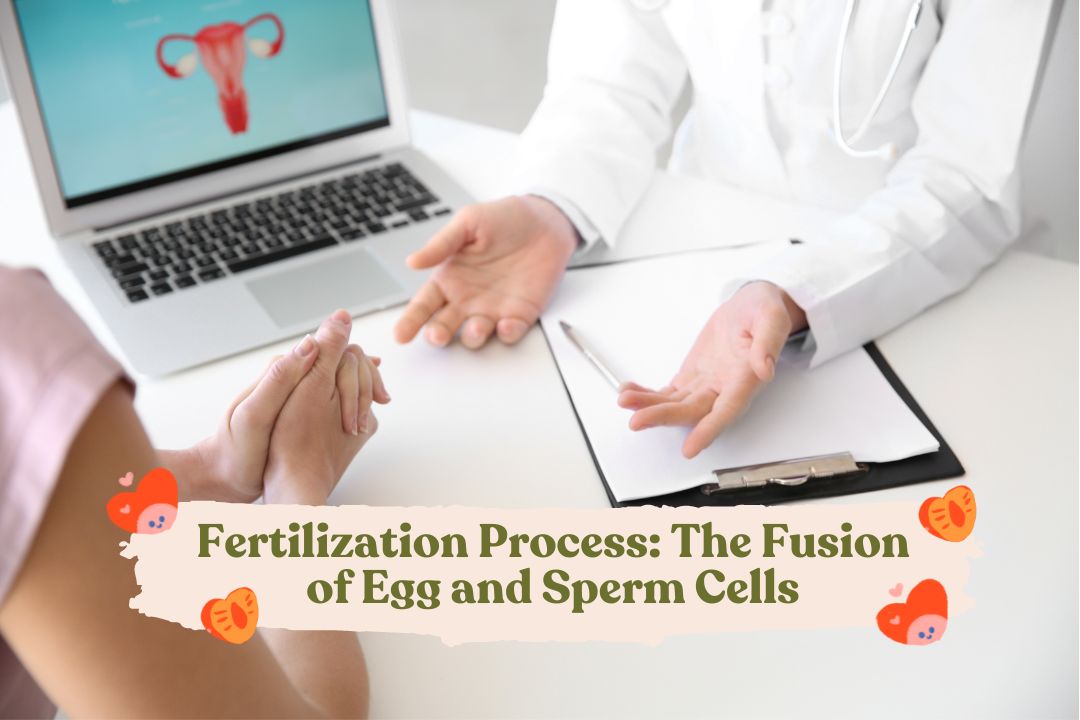In Vitro Fertilization (IVF): Definition, Indications, and Supporting Technologies
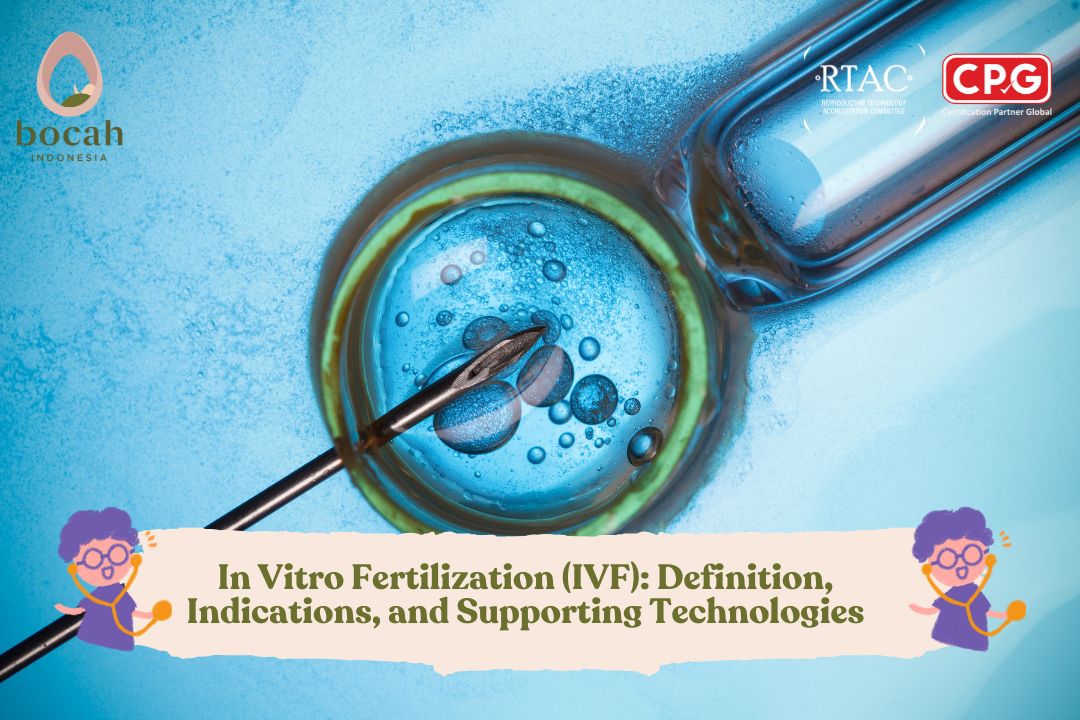
In Vitro Fertilization (IVF) is an assisted reproductive technology (ART) that helps couples struggling with infertility conceive. The process involves fertilizing an egg with sperm outside the body (in vitro) and then transferring the resulting embryo back into the uterus.
What Is In Vitro Fertilization?
IVF is a procedure where a woman’s egg is retrieved and fertilized by a sperm in a laboratory. Once the fertilized egg (embryo) forms, it is transferred back into the woman’s uterus to initiate pregnancy.
Source: Wang, S.X.Y. (2011), Yale J Biol Med
Who Should Consider IVF?
IVF may be recommended for couples experiencing the following:
-
Severe male infertility that cannot be treated with medication or surgery
-
Blockage in both fallopian tubes
Tanya Mincah tentang Promil?
-
Ovulation disorders or diminished ovarian reserve
-
Moderate to severe endometriosis
-
Failed pregnancy after 3–4 cycles of intrauterine insemination (IUI)
-
Recurrent unexplained miscarriages
-
Desire to screen embryos for inherited genetic conditions using PGT
IVF History: From Experimentation to Clinical Success
-
1878 – Samuel Schenk conducted early IVF-like experiments on rabbits
-
1934–1959 – Gregory Pincus, Ernst Enzmann, and M.C. Chang developed IVF in animals
-
1978 – Louise Brown, the world’s first IVF baby, was born in Manchester, UK, to Lesley and Peter Brown
-
Since then, over 3 million babies have been born via IVF worldwide
Source: Reigstad et al. (2018), Int J Womens Health Wellness
Advanced IVF Technologies
1. ICSI (Intracytoplasmic Sperm Injection)
A single sperm is directly injected into the egg using a microscope with 400x magnification.
Used for cases with severely low sperm quality.
2. IMSI (Intracytoplasmic Morphologically Selected Sperm Injection)
A refined version of ICSI that uses 6000x magnification to select the best morphologically normal sperm.
Source: Teixeira, D.M. et al. (2020), Cochrane Review
3. PGT (Preimplantation Genetic Testing)
A technique to screen embryos for genetic or chromosomal abnormalities before implantation, especially useful for couples with genetic risks.
4. Embryo Freezing (Cryopreservation)
Embryos are frozen using liquid nitrogen (-196°C) and stored for future pregnancy attempts without compromising quality.
5. Laser Assisted Hatching (LAH)
A laser is used to thin the outer shell of the embryo, improving its ability to implant in the uterus.
Summary
IVF is a breakthrough in reproductive medicine that has enabled millions of couples to conceive. Supported by advanced technologies like ICSI, IMSI, PGT, embryo freezing, and laser-assisted hatching, the success rate of IVF continues to grow. If you are considering IVF, consult a fertility specialist for a personalized evaluation and treatment plan.
Source:
-
Wang, S.X.Y. (2011). The Past, Present, and Future of Embryo Selection in In Vitro Fertilization. Yale J Biol Med.
-
Reigstad, M.M., & Storeng, R. (2018). Development of In Vitro Fertilization. Int J Womens Health Wellness.
-
Teixeira, D.M., et al. (2020). ICSI vs IMSI for Assisted Reproduction. Cochrane Database Syst Rev.


